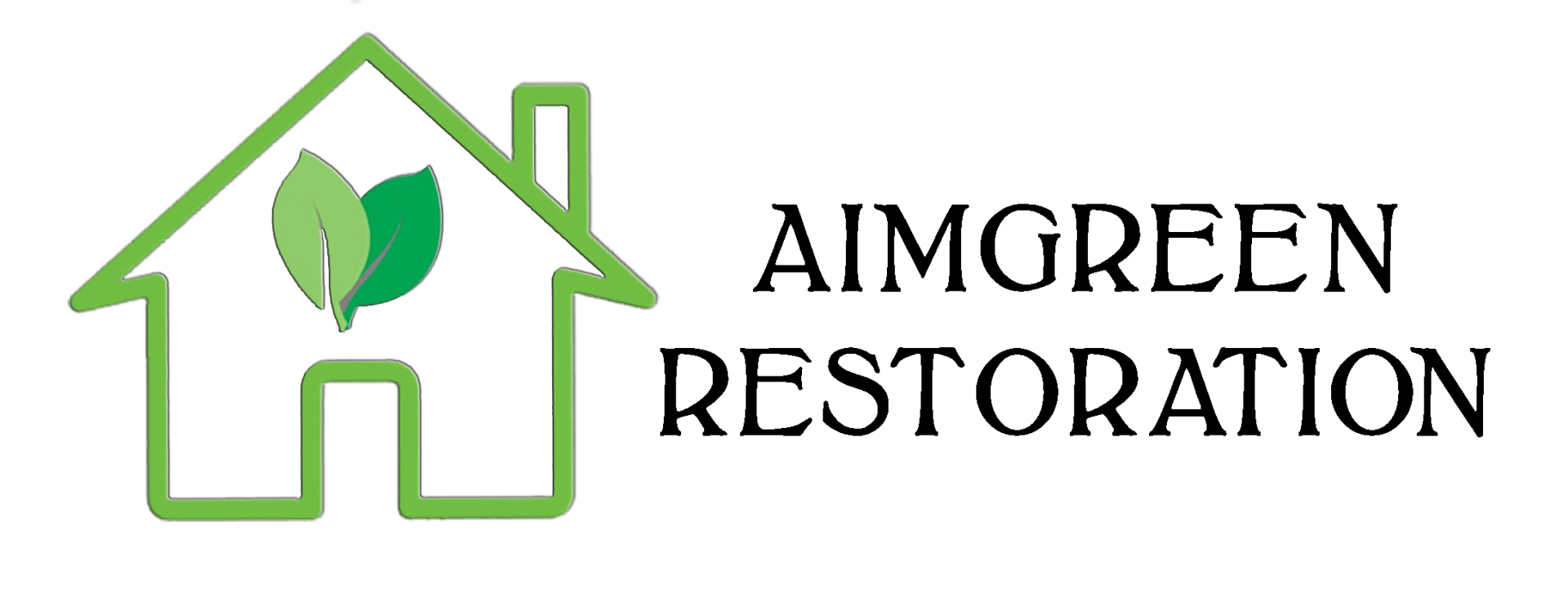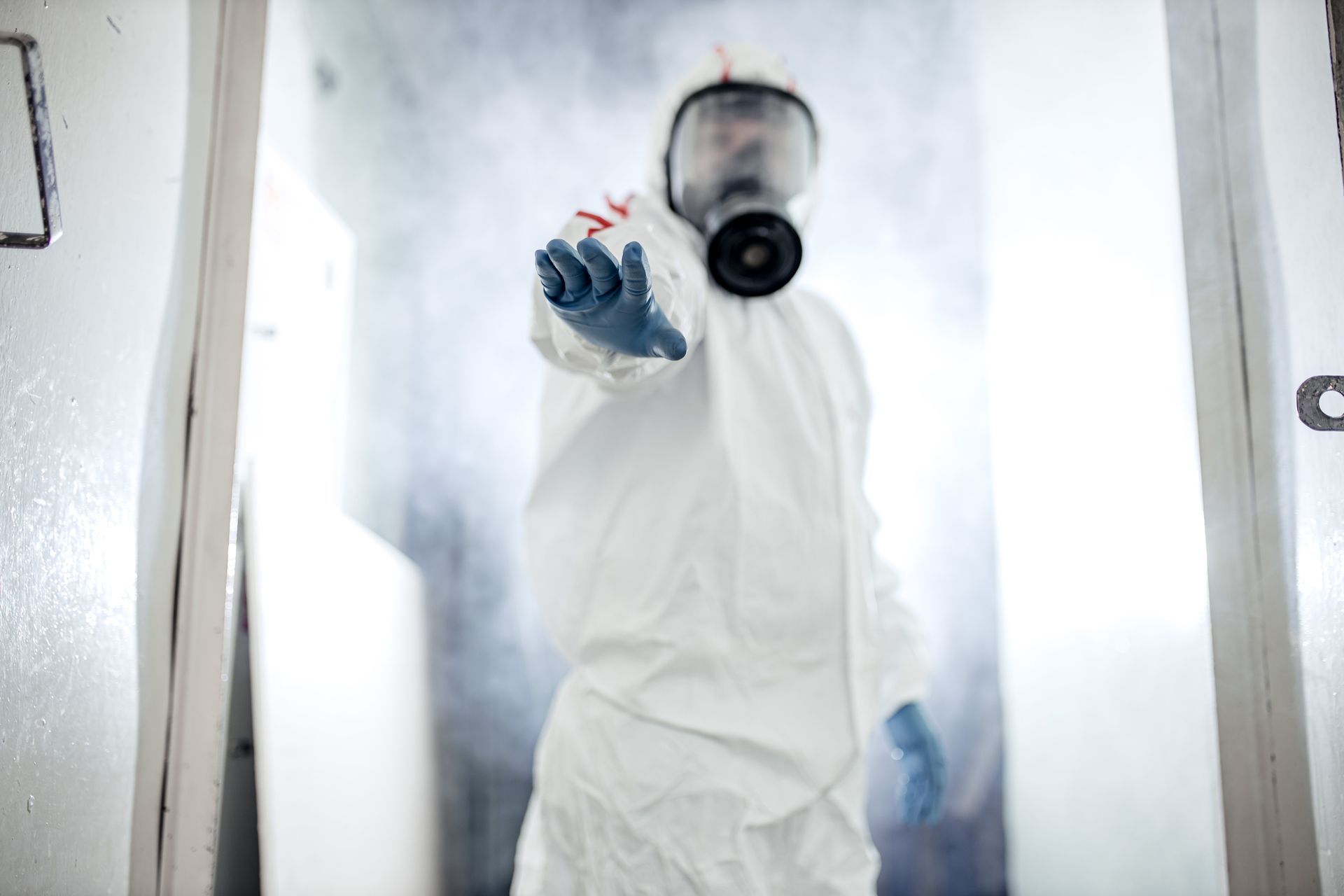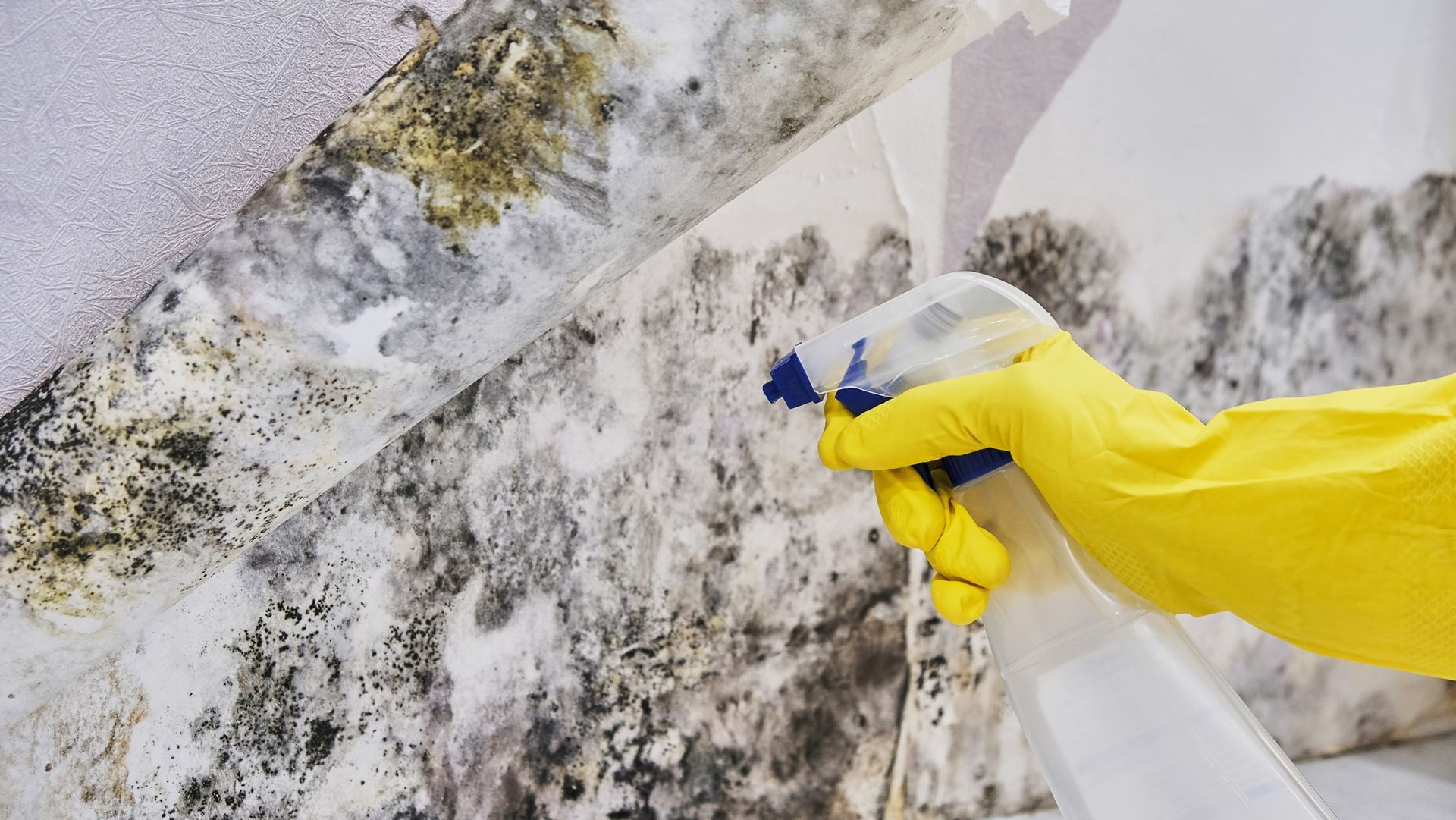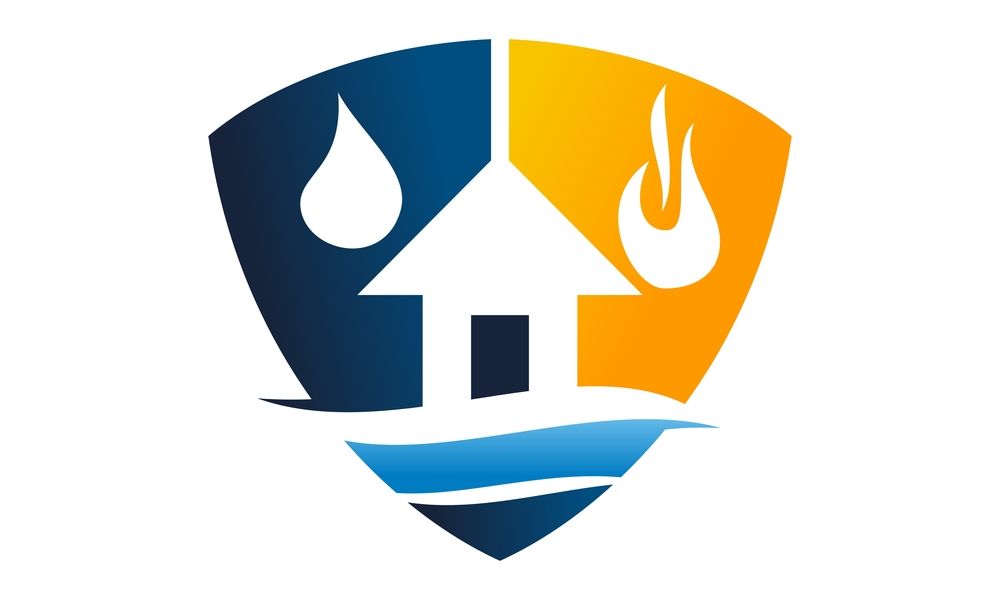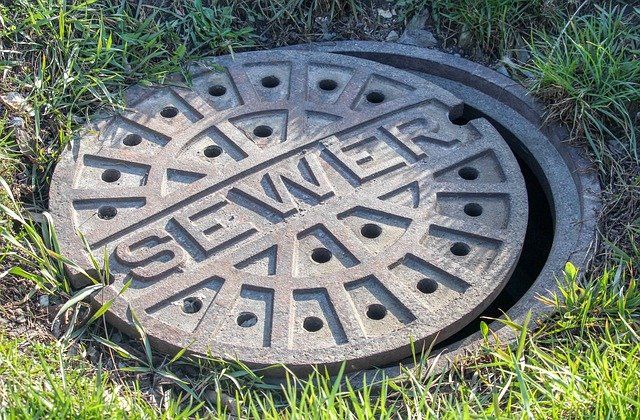About Natural Disasters
About Natural Disasters- Columbus, OH
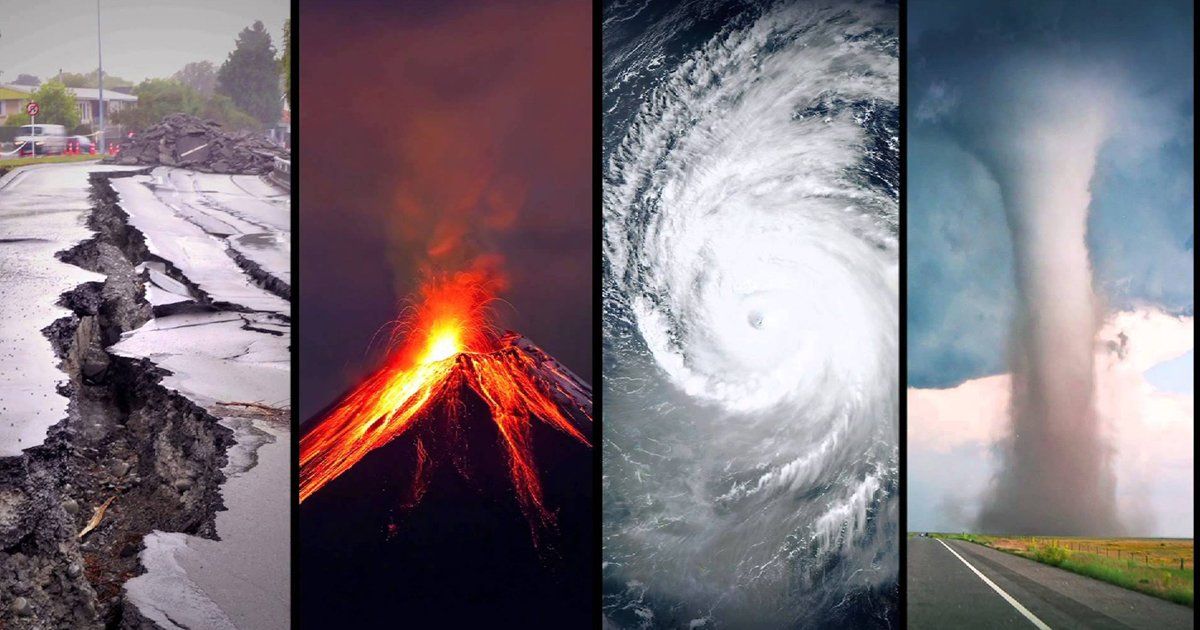
A catastrophic event, such as an earthquake, tornado, or hurricane, can sweep across a whole population in an instant. Thousands of people might be killed, and tens of thousands more could be maimed or traumatized as a result of losing friends, family, and homes. Unfortunately, natural disasters are becoming increasingly common. It is vital to plan ahead of time. Having well-planned emergency preparations might be the difference between life and death.
Lightning strikes, home fires, and windstorms are examples of natural disasters that may occur anywhere. Others, like as earthquakes and hurricanes, are more common in some locations than others.
Natural disasters may harm many of us in the United States. Here are some information concerning each of these natural disasters, as well as suggestions on how to deal with the inescapable.
Natural catastrophes include the following:
Tornadoes and Severe Storms- Tornadoes are caused by intense thunderstorms that seem like whirling, funnel-shaped clouds. Strong gusts of up to 30 miles per hour reach from a thunderstorm to the ground. They can reach speeds of up to 70 miles per hour. Tornadoes may hit fast and unexpectedly, giving those in affected regions only seconds to seek cover.
It is critical to exercise caution while dealing with strong thunderstorms that have the potential to develop into tornadoes. Bring your family underground or to a safe location to wait out the storm. Tornadoes may worsen fast and are unexpected, so be prepared and wait it out somewhere safe.
Hurricanes and Tropical Storms- Tropical storms that occur in the southern Atlantic, Caribbean, Gulf of Mexico, and eastern Pacific seas are known as hurricanes. Every year, hurricanes affect millions of people who reside along the Atlantic and Gulf of Mexico coasts. Tornadoes, floods, and powerful winds may be caused by hurricanes in parts of the Southwest United States and the Pacific Coast.
Hurricanes provide a little more warning, allowing you to be much more prepared. Prepare your home by stockpiling bottled water and canned foods for 3-4 weeks in case your area suffers from long-term power outages. Remove any loose things from your outside environment that might become fly objects. Know where your window shutters are and that they have all of the blots needed to secure them to the windows. Prepare to wait out the storm or adhere to your county's evacuation plans.
Floods- Flooding is one of the most prevalent natural disasters in the United States. When typically dry dirt becomes saturated with water, they develop. Floods are caused by a variety of factors, including hurricanes and tropical storms, burst dams or levees, and flash floods that occur minutes or hours after heavy rain.
Although floods are more common around the shore, especially during hurricane season, they can occur anywhere and vary in size and duration. Even little streams, gullies, and creeks that appear to be innocuous in dry weather might flood.
Floods create varied degrees of physical damage, with some completely destroying everything in their path, including buildings, bridges, automobiles, and even people who are stuck or wading in water.
Flooding will become far more prevalent for many of us as the United States experiences some of the longest and worst droughts in decades. Long before the first drop of rain falls, flood preparedness begins. The simplest way to prepare for a flood is to have a local restoration company evaluate your house for any potential leaks or entrance points for more water and have them repaired. The next and most important step is to contact your insurance carrier and go through your flood insurance options. If they do not cover floods, it may be time to reconsider.
Wildfires- Wildfires are typically started by lightning or by mistake and go undetected at first. They spread swiftly and are especially problematic if they reside near human-inhabited forests, rural regions, remote mountain locations, or other wooded ecosystems. While they are not as frequently reported as floods, tornadoes, and severe storms, they can nonetheless create mental discomfort among residents of afflicted areas.
Wildfires are becoming increasingly common as droughts grow more frequent and severe. Clearing as much brush and leaves as possible around your property is the simplest way to prepare for a wildfire. This will help to slow the fire and provide your home with a fighting chance. Prepare to leave your home within hours with your family and pets. Watch for any information or directions from your local fire department, state government, or county officials.
Winter Storms- Winter storms may be catastrophic to houses and their occupants. Their effects may vary during the course of the winter. Some winter storms may bring heavy snow, erratic temperatures, and ice strewn about.
It is preferable to be ready for the winter season before it arrives. Prepare warm blankets, clothes, and tinned meals. Some of these storms can cause widespread power outages that persist for days or weeks, so prepare as much as possible. Do not put off preparing your supplies until the storm has gone.
Natural disasters are unpredictable, but we are a restoration firm open 24 hours a day, seven days a week. AIM Green Restoration will provide prompt and dependable emergency services for water damage, fire and smoke damage, mold removal, and natural disaster recovery.
So, if Mother Nature summons us this year, you can depend on us! To learn more about how we can help you restore your home, business, and personal belongings to pre-loss state, please contact us at any time or visit our services page.
